The Enchanting World of Kashmiri Saffron : Kashmiri Kesar




Table of Contents
ToggleKashmir is often known as “Paradise on Earth.” It is appreciated for not just its stunning landscape but for the gorgeous saffron called “Kesar.” The golden spice originates from the flower Crocus sativus, an integral part of Kashmiri culture, cuisine, and economy since thousands of years. During the following pages, we will trace its history, its cultivation, its uses, the benefits it provides, as well as the economic importance of Kashmiri saffron for a more profound understanding of why it is often regarded as the world’s most precious spice.
1. Kashmiri Saffron: An Introduction
Kashmiri saffron is the most popular spice around the globe, primarily due to their deep colors, rich flavors, and delicate aromas. For centuries, saffron has stood as a mark of luxury besides being a principal ingredient in most Indian and Middle Eastern cuisines. Health benefits and cultural values have gradually turned out the spice to be a multifaceted treasure of the region.
2. History of Kashmiri Saffron
Ancient Times
History for saffron in Kashmir dates back to very ancient times. In the historical texts, it is written that saffron was introduced to the region by Persian travelers and traders. The spice entered the hands of Kashmiri farmers who, when it reached them, understood its value and started cultivating it in the fertile valleys.
The Mughal emperors ruled India in the 16th and 17th centuries. During this period, they greatly increased saffron cultivation in Kashmir. They prized it as a spice for cooking and put it in all the grand feasts they prepared. The Mughals planted extensive saffron plantations in the region, most notably in Pampore, which is now considered the saffron capital of Kashmir.
Cultural Relevance
Saffron is also a cultural sign in Kashmir, associated with good health, well-being, and richness. The spice is often required in various customary recipes. It is also often served on special occasions and festivals, including wedding ceremonies and religious ones. Its use in food practices symbolises abundance and joy.
The housewife uses a lot of saffron for flavoring in the preparation of rice, meats, and sweets in Kashmiri kitchens. It is also its most essential component of the widely famous Kashmiri tea popularly known as “Noon Chai,” flavored with saffron, that gives it a particular taste and color. Saffron and hospitality go hand-in-hand, too, and serving dishes flavored with saffron to guests is an honorable gesture and an expression of hospitality.
3. Cultivation of Kashmiri Saffron
Cultivation Requirements
Kashmiri saffron needs specific climatic and soil conditions found in the region only.
Climate: The temperate climate of Kashmir with cold winters and warm summers helps in cultivating the best culture of saffron. The annual fluctuations are favorable to growing and flowering saffron.
Altitude: Saffron grows between elevations of 1,500 to 2,500 meters (4,900 to 8,200 feet) where the temperature and soil conditions are favorably suited for its growth.
Soil: The soils accepted only in which the saffron crocus can well grow are those which are quite fertile, well drained and sandy loam. The composition of the soil has a critical effect on the quality of the saffron produced.
The Saffron Crocus Flower
The saffron crocus flower blooms in October and November, but for each flower it produces three bright red stigmas; these are the threads used to make saffron.
General description of the Saffron flower.
Physical appearance: The saffron crocus flowers are stunningly purple-colored flowers wrongly mistaken with other sorts of wildflowers.
Blooming Period: The blooming period only takes a few weeks, so the time of harvesting is very critical.
Harvesting Process
The process of saffron harvesting is quite labor-intensive, and it requires very much care and precision. The flowers are plucked early in the morning when they are still shut up so as not to destroy the quality of the stigmas.
It occurs during the last week of October or the first week of November. There is often group labor mobilized by farmers to ensure that harvesting is done swiftly and effectively.
Labor Intensity: To make a single kilogram of saffron, about 150,000 flowers are needed. If taken one at a time, these flowers are handpicked, and the stigma is separated from the flower upon initial plucking to preserve its freshness.
All this process-from sowing to harvesting- requires skills and dedication that have been passed down through generations concerning saffron farming in Kashmir.
4. Uses of Kashmir Saffron
The use of Kashmiri saffron is not only in the food but also for medicines and cosmetics.
Culinary Use
Saffron is one of the regular ingredients in many of the traditional dishes of the people of Kashmir. This flavor and odor enrich various recipes. A few examples are:
Kashmiri Rogan Josh: Mutton curry, whose richness of aroma and color derives from saffron.
Yakhni : Yogurt-based, often sweetened with saffron to make it more delightful. The dish is highly important to the cuisine traditions of Kashmir, particularly on special days.
Zafrani Pulao: A festive and fragrant saffron rice prepared on solemn occasions. Rice is infused with and gives a fabulous golden colour to it.
Kashmiri Tea: Also known as “Noon Chai,”) this is a highly colored pink tea flavored with saffron, making it taste unique. It is usually served with traditional Kashmiri breads.
Medicinal Properties
Saffron has various medicinal properties, and it is being used widely in the traditional medicines. Some of these medicinal properties include:
Mood : The plant has mood-elevating property, and it is used for relieving symptoms associated with depression and anxiety. In fact, there are some studies that indicate saffron would be just as potent as many of the prescription antidepressants out there.
Digestive Health: It soothes the intestines and helps digest. Thus, Saffron is used as part of herbal remedy for digestive system complaints.
Antioxidant Activities: Saffron contains antioxidants, including crocin and safranal, which could prevent the body against free radicals, as well as inflammation. Compounds are associated with general health.
Cosmetic Applications
Kashmir saffron has also been applied in cosmetic formulations for facial beauty enhancement due to its benefits in the skin.
Skin Brightening: Saffron gives one a radiant complexion with even tones, hence commonly found in skin masks and creams.
Anti-Aging Properties: The antioxidant it has might wash away the lines of old age, which is why it is so popular in various skincare product anti-aging ingredients.
Traditional Face Masks: Several beauty treatments use saffron for nourishing the skin. A simple mask can be prepared with saffron and yogurt or milk for fair skin.
5. Economic Value of Kashmiri Saffron
Kashmiri Saffron ensures that its economy cultivates saffron, which provides employment to thousands of farmers and thereby considerably adds to the state’s agricultural produce.
Employment Opportunities
The saffron industry generates many incomes that are sustainable for families in Kashmir. Most farmers depend entirely on saffron farming as their source of income.
Export Market
Kashmir saffron has gained an international reputation and is exported to the markets of the Middle East, Europe, and America. Its special flavor and fragrance have made it a highly priced spice all over the world and is traded at premium prices in the world market.
6. Problems Saffron Farmers Face
Despite its economic, saffron industry is prone to the following serious challenges:
Climate Change: Changes in weather can affect the saffron growth and yield. The variation in rainfall and temperature can change the flowering and harvesting times.
Soil Degradation: Over exploitation in farming may contribute to a decrease in the fertility of the soil; hence, leading to its future loss.
Competition
Other major saffron producing countries like Iran and Spain compete on basis of price and yield. They also have effective production technology that also puts threats on Kashmiri saffron.
Support to the Farmers
These challenges are being countered by the governments and the NGOs by supporting the saffron farmers through:
Training Programs: This will have education programs for modern practice farming that will boost yield and quality. These would be sustainable agricultural methods done in an eco-friendly way.
Financial Aid: The government programs will offer financial aids to raise saffron cultivation. The money is available to buy equipment or to upgrade the irrigation system.
7. Quality Kashmiri Saffron Identification
Authentic Kashmiri saffron is of very high market value, and thus often it gets adulterated. Here are some tips to authenticate true saffron:
Colour: True Kashmiri saffron has the intense deep red colour free from yellow or orange threads. It must have long and thin shape and be in the shape of an arc.
Smell: Real saffron carries an odor that is sharp and pungent. If the fragrance is very weak or none, then it must be artificial. Saffron has to possess a floral scent which has a sweet undertone with earthy undertones.
Taste: Real saffron possesses that unique earthy and a little sweet taste. It should not be bitter.
Packaging and Labeling: While purchasing saffron, look for good brands which state the country of origin and how their product is produced. Genuine Kashmiri saffron is very often sold in sealed packets so that the quality is preserved from light and moisture.
8. Storage and Use of Kashmiri Saffron
Correct storage can preserve the quality as well as flavor of saffron:
Tips on Storage
Keep in an Airtight Container: Store saffron in a glass or ceramic container with tight seal in order to keep the spice from moisture and air. Avoid using plastic containers as they may retain smells.
Keep it in a Cool Dark Spot: Place the container in a cool, dark location as light and heat can degrade the quality of saffron.
Because of the strong flavor, a little saffron goes such a long way. A pinch can flavor the entire recipe.
How to Use Saffron in Cooking
Infusion: Soak saffron strands in warm water or milk and leave it to soak for almost 10-15 minutes before adding it to recipes. It helps in just releasing the flavors and color.
Direct Addition: Saffron strings can be added directly into some recipes during cooking though it is preferred to infuse as it has always proved to give better results.
9. Conclusion for Kashmiri Saffron
Such is Kashmiri saffron, one of the finest spices that is a part of the rich cultural heritage and rich agricultural tradition that Kashmir boasts. The flavor, aroma, and many health benefits make it a proud possession for kitchens around the globe. In the future, we shall be seeking support for saffron farmers and propagating sustainable cultivation practices by making it possible for everyone to preserve this golden treasure.
Whether it is a zafrani pulao or a brewing cup of Kashmiri tea, the flavor and cultural significance of saffron are sure to be an eternal winner for foodies and connoisseurs alike. Come, fall in love with the magic of Kashmiri saffron!
Charzan Holidays can help you book Kashmir Tour.
For a seamless and exceptional booking experience, contact Charzan Holidays at reservations@charzan.in or call us at +919622224473
Frequently Asked Questions
1. What is Kashmiri saffron? |
| Kashmiri saffron is a highly prized spice derived from the flower Crocus sativus, known for its vibrant color, distinct flavor, and numerous health benefits. |
2. Why is Kashmiri saffron considered special? |
| Kashmiri saffron is renowned for its superior quality, vibrant red color, strong aroma, and high levels of crocin, which contribute to its flavor and medicinal properties. |
3. Where is Kashmiri saffron cultivated? |
| It is primarily cultivated in the Kashmir Valley, particularly in regions like Pampore, known as the “saffron capital” of India. |
4. When is saffron harvested in Kashmir? |
| The saffron flowers bloom in October and November, and the harvest typically occurs during this period, lasting about a month. |
5. How is Kashmiri saffron harvested? |
| Harvesting saffron is a labor-intensive process that involves hand-picking the delicate flowers and extracting the stigma, which is the saffron spice. |
6. What are the culinary uses of Kashmiri saffron? |
| Kashmiri saffron is used in various dishes, including biryanis, desserts like kheer, and traditional Kashmiri dishes like Rogan Josh, adding flavor and color. |
7. What are the health benefits of Kashmiri saffron? |
| Kashmiri saffron is believed to have several health benefits, including antioxidant properties, improving mood, enhancing memory, and aiding digestion. |
8. How can I identify genuine Kashmiri saffron? |
| Genuine Kashmiri saffron has a deep red color, a strong aroma, and does not lose its color when soaked in water. It should be sold in sealed packaging with quality certification. |
9. What is the price range of Kashmiri saffron? |
| Kashmiri saffron can be quite expensive, with prices ranging from INR 10,000 to INR 30,000 per kilogram, depending on quality and market demand. |
10. How should I store Kashmiri saffron? |
| Store saffron in an airtight container in a cool, dark place to preserve its flavor and aroma. Avoid exposure to light and moisture. |
11. Can saffron be used for skin care? |
| Yes, saffron is used in various skincare products due to its anti-inflammatory and antioxidant properties, believed to help brighten the skin and reduce blemishes. |
12. Is Kashmiri saffron safe during pregnancy? |
| While saffron can be safe in moderate amounts, it’s advisable for pregnant women to consult their healthcare provider before consumption. |
13. How do I use Kashmiri saffron in cooking? |
| To use saffron in cooking, soak a few strands in warm water or milk for about 10-15 minutes before adding it to your dish to release its flavor and color. |
14. What distinguishes Kashmiri saffron from saffron of other regions? |
| Kashmiri saffron is known for its higher levels of coloring compounds (crocin), more potent aroma, and distinct taste, setting it apart from saffron produced in other regions, such as Iran or Spain. |
15. Where can I buy genuine Kashmiri saffron? |
| Genuine Kashmiri saffron can be purchased from local markets in Kashmir, reputable online stores, or specialty spice shops that guarantee authenticity. |
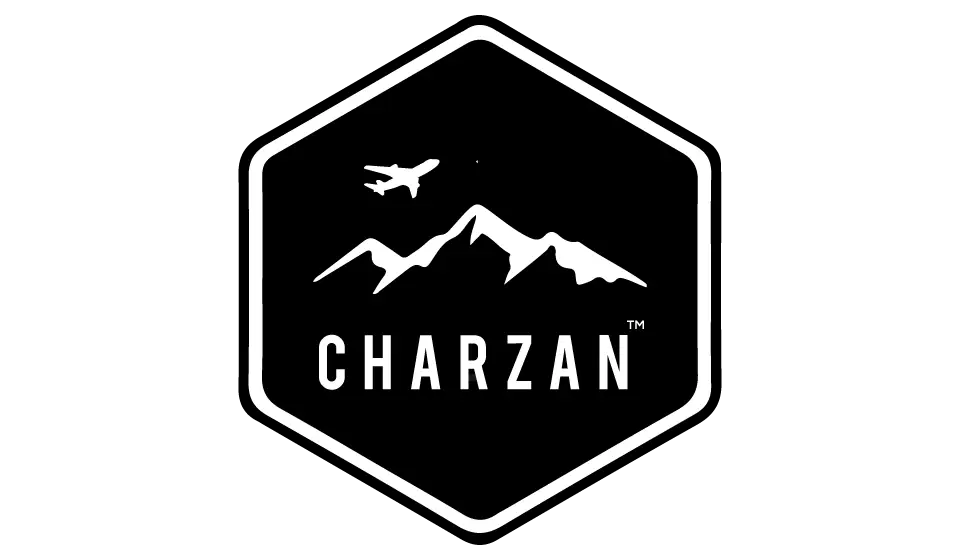


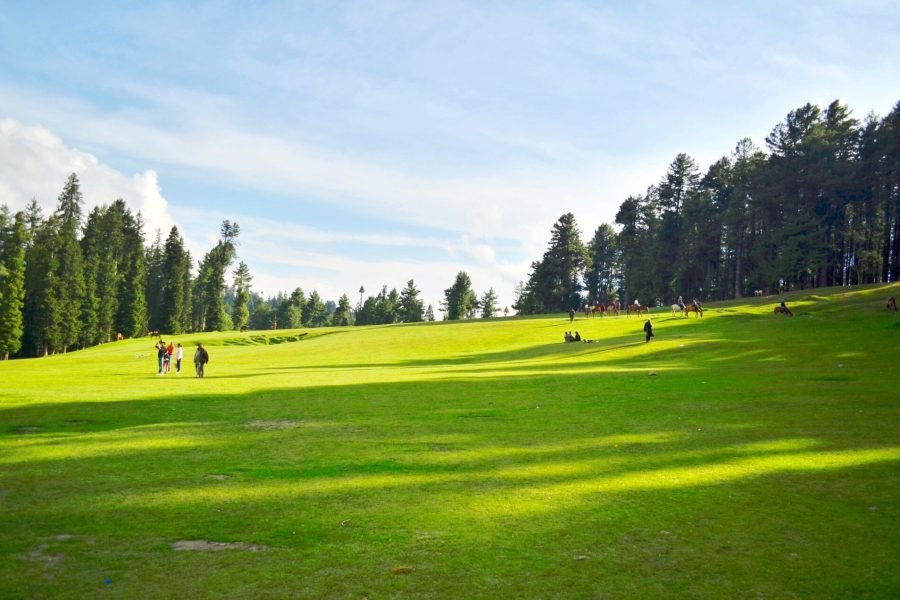
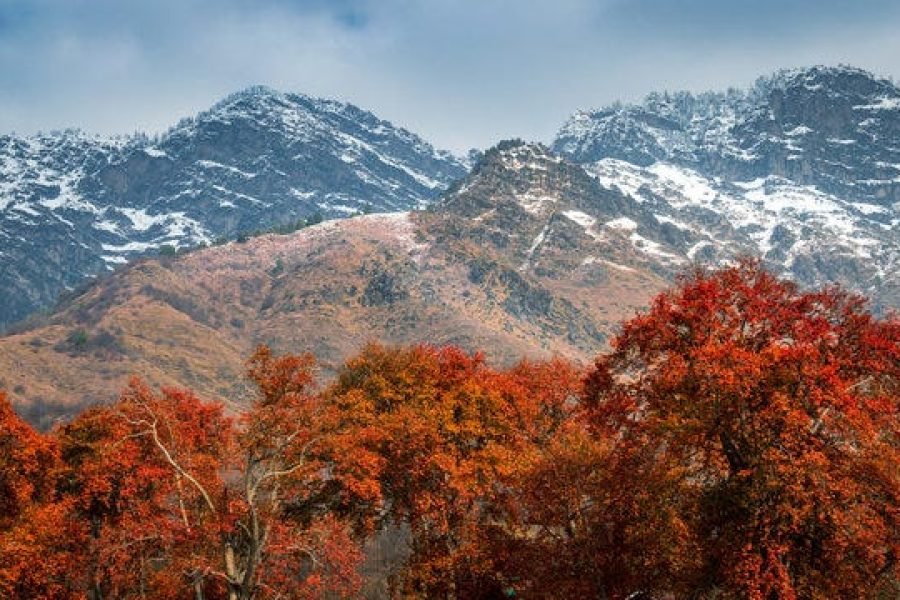
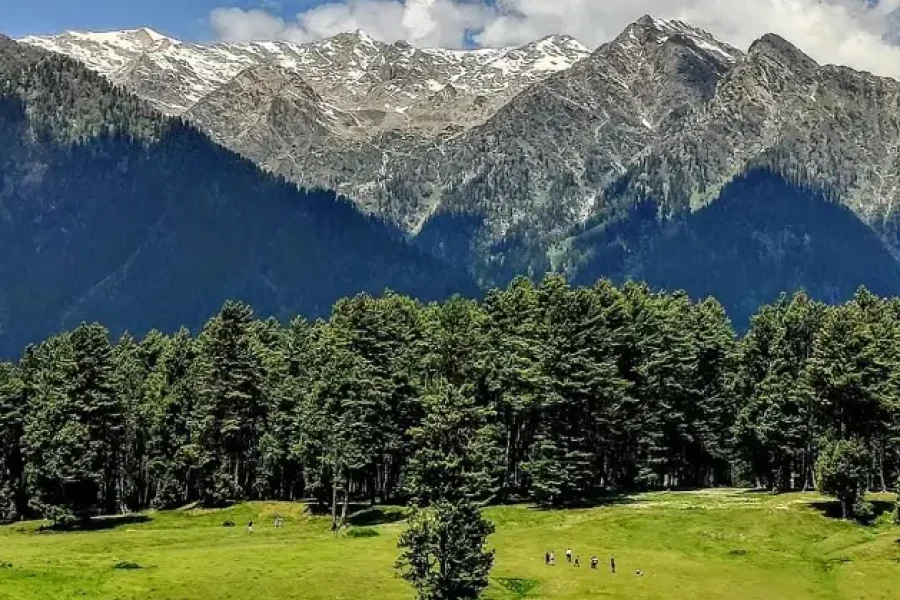
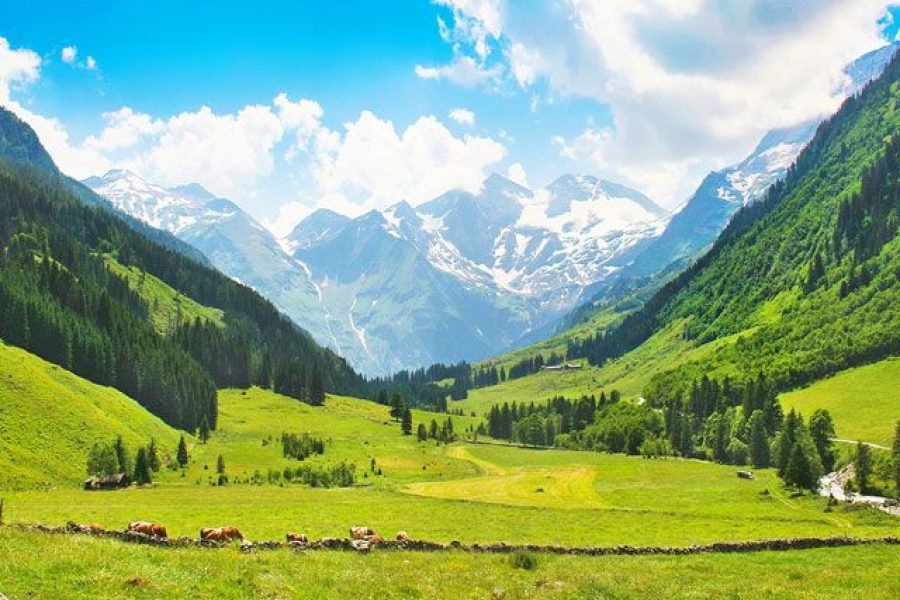
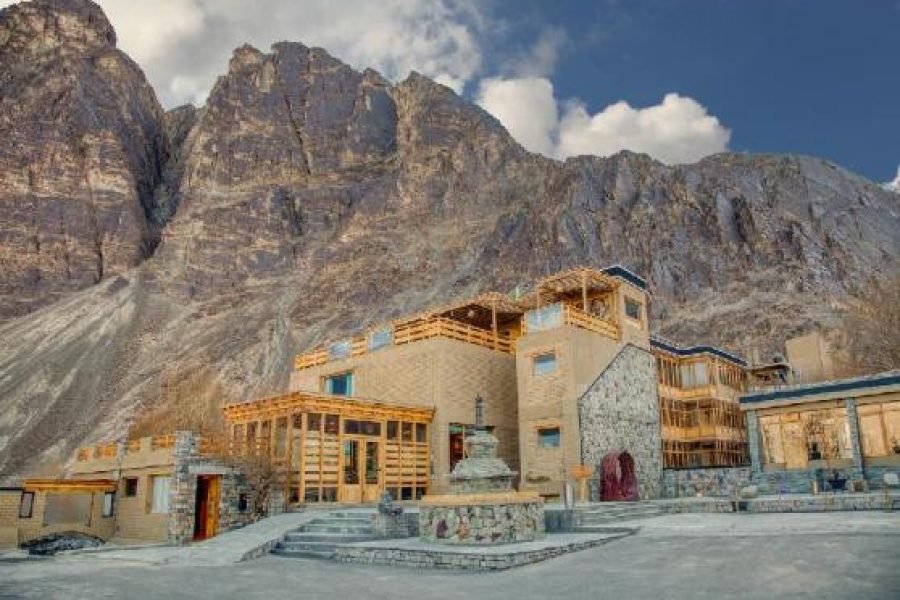
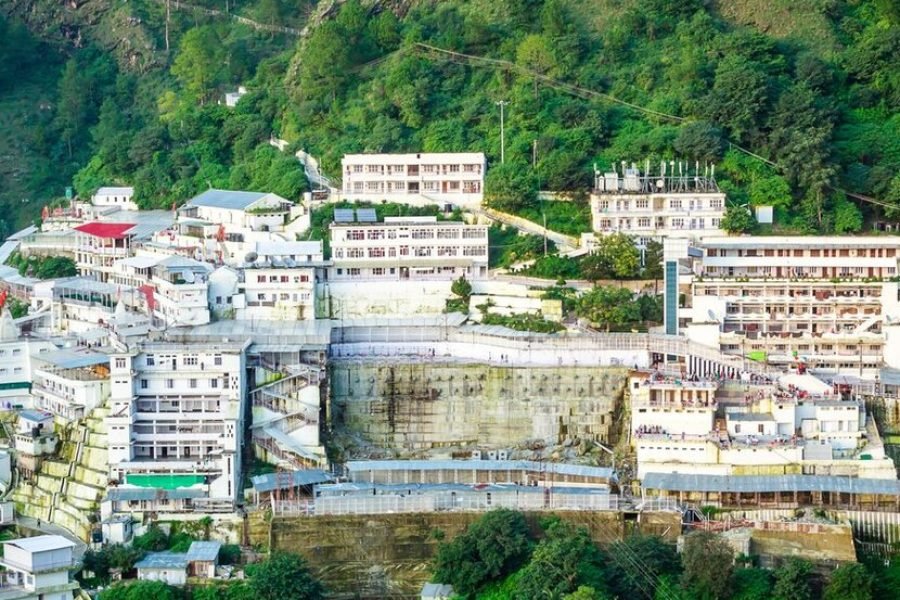
0 Comment